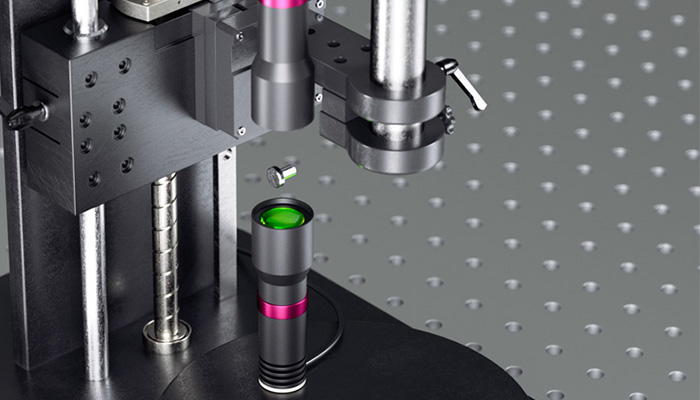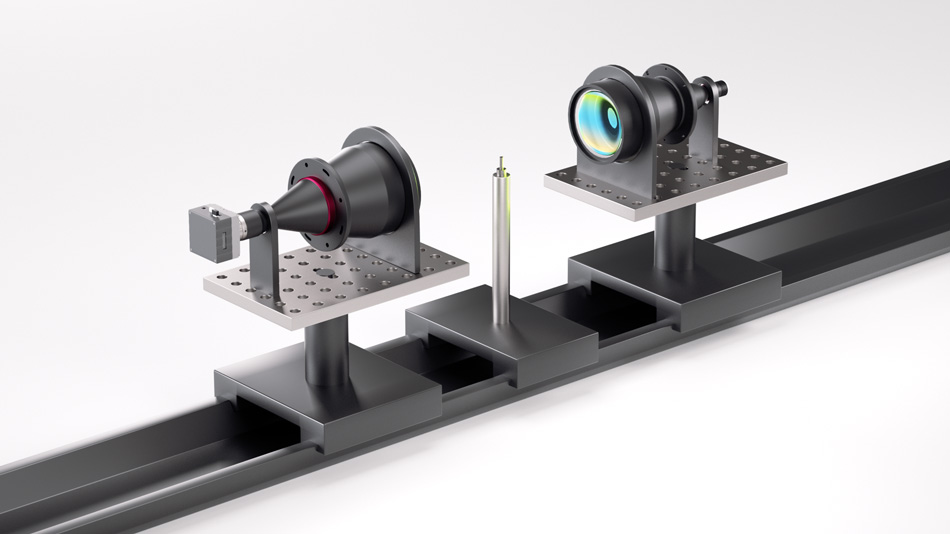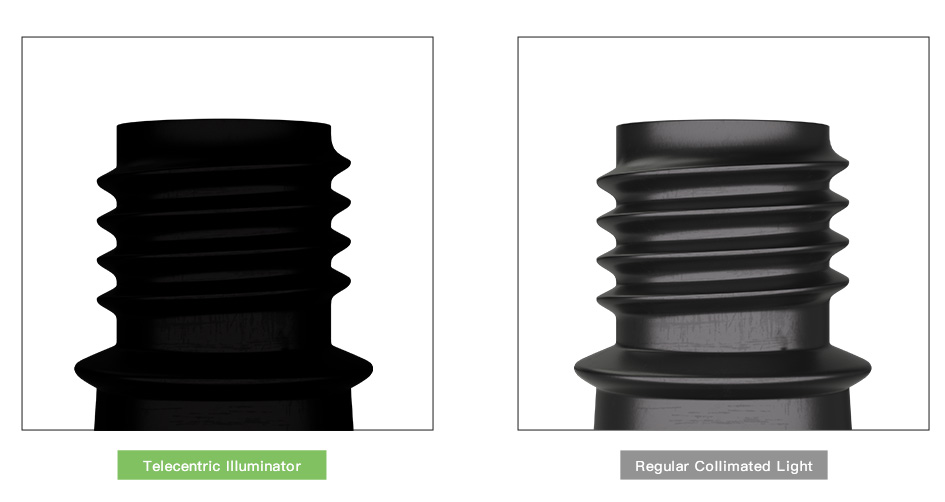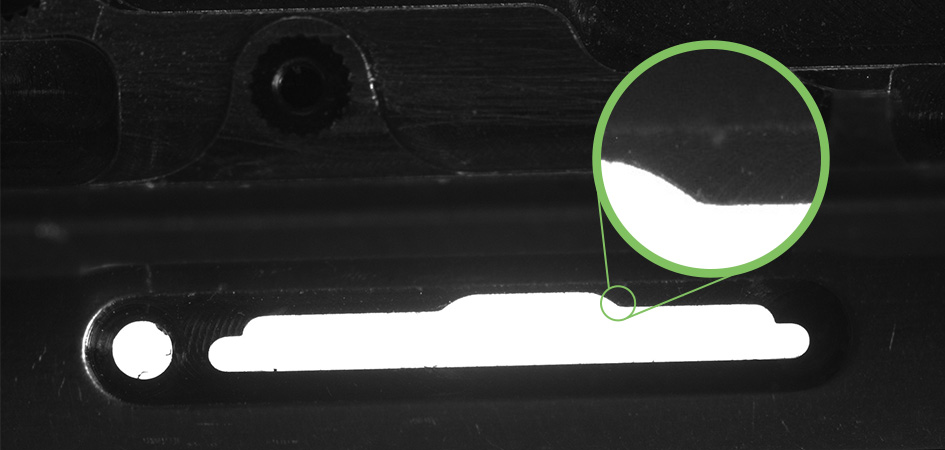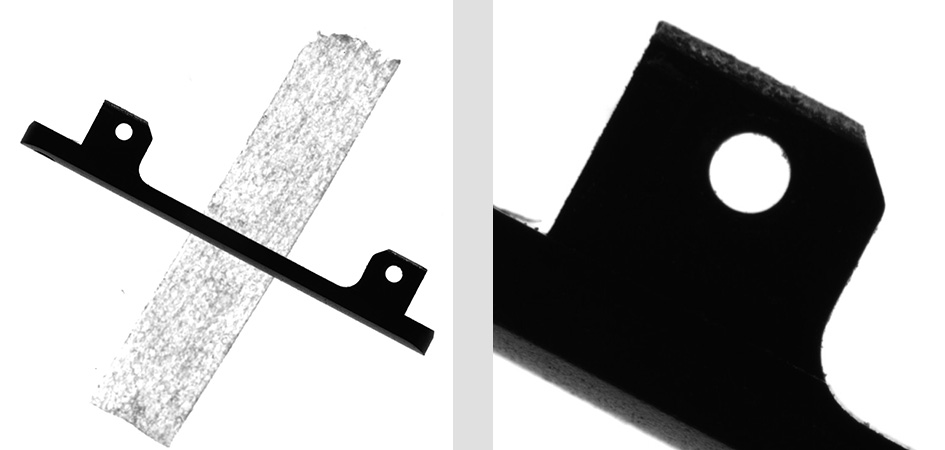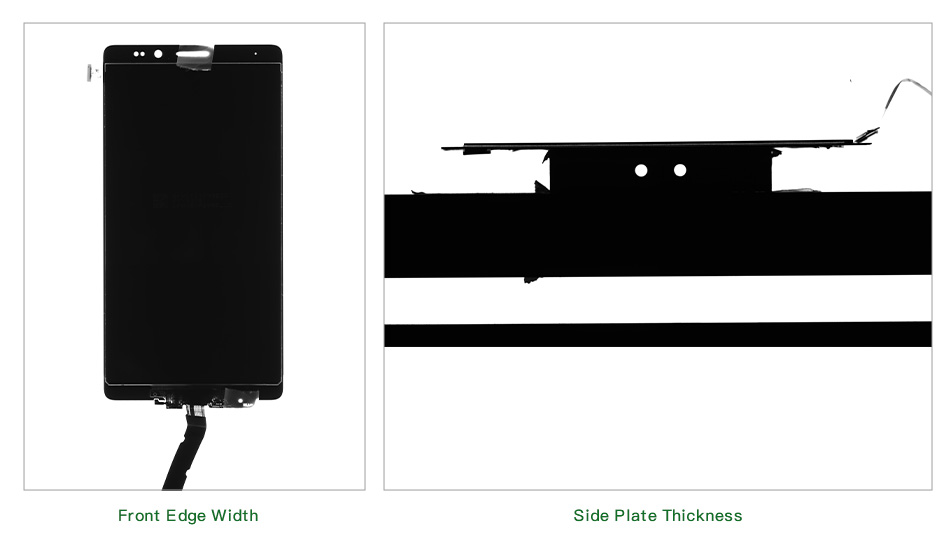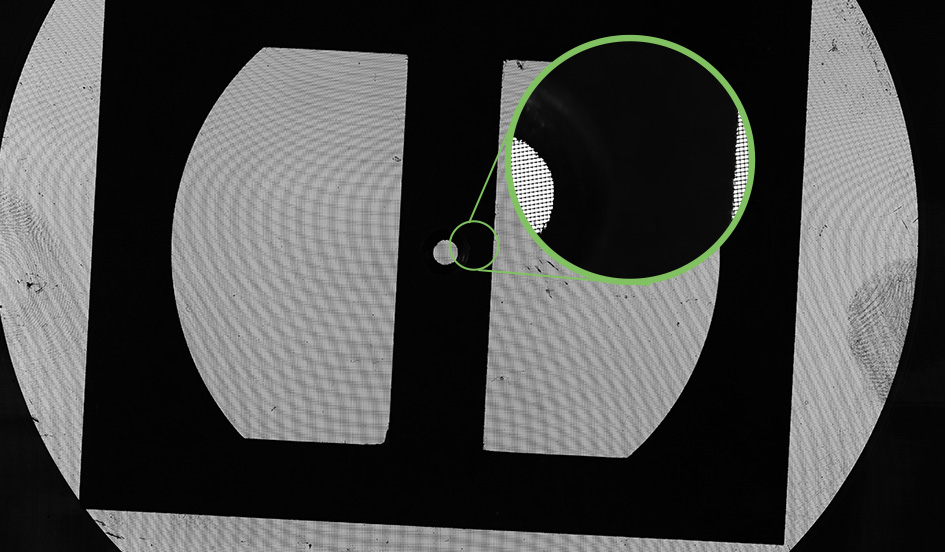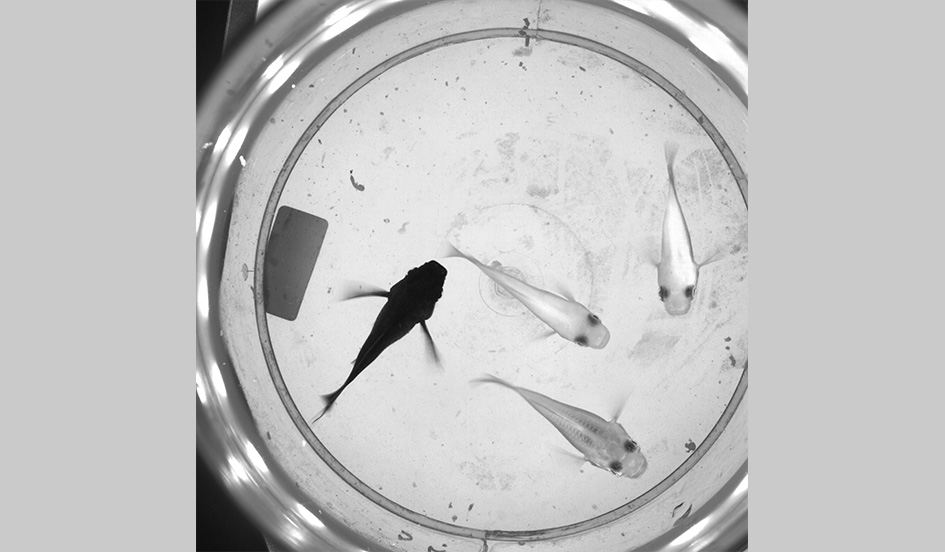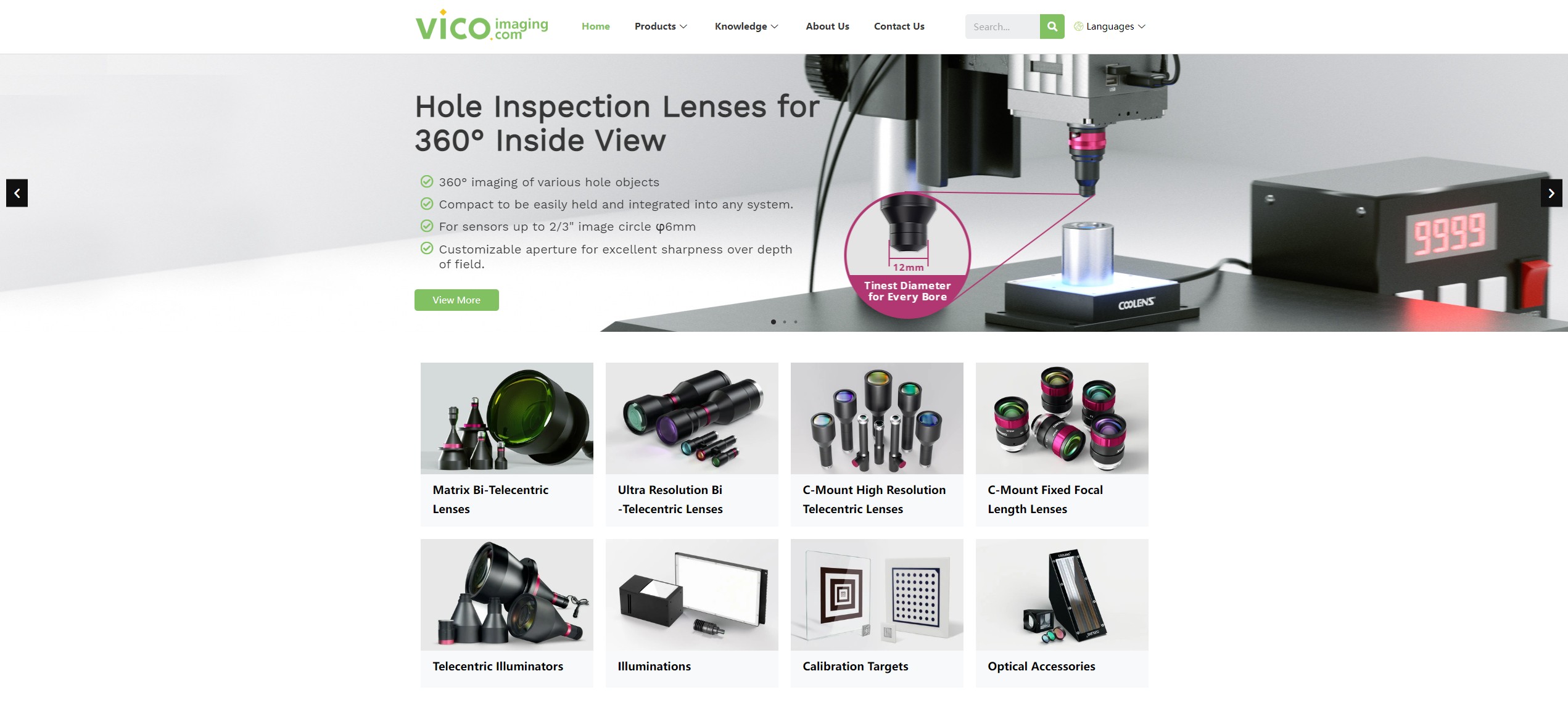Products produced by industries must pass quality inspections before they’re released into the market. As supplementary tools for measurement and inspection, telecentric illumination can help to achieve better results. It is the key to the success of an application where precision is highly required.
While there are other ways of inspection and measurement, telecentric illumination is a better, unique, and more precise method of gauging and inspection.
In this post, you will learn what telecentric illumination is, where it’s used, its price, and its issues. You will also learn tips and places where you can find a good telecentric illuminator.
Read on to find out.
What Is Telecentric Illumination?
Theory
Telecentric illumination, also called telecentric lighting works by applying telecentricity in optics for illumination. A telecentric illuminator collimates light from an LED or fiber optic light source. The light runs through high-quality glass lenses that are parallel to the object being inspected. A high-contrast silhouette is produced and any diffuse reflection is eliminated from the object resulting in improved measurement accuracy and edge contrast.

What Is a Telecentric Illuminator?
When you combine a reticle and an LED or fiber optic pattern projector, you can use the standard telecentric imaging lens as a telecentric illuminator. During telecentric illumination, the light passing through the telecentric imaging lens is collimated removing diffuse reflections as the object is silhouetted. Imperfections may be detected on the LED projector if you’re only working with a telecentric imaging lens.
Further still, flaws can be detected if using regular flat light, or standard collimated light unlike with a telecentric illuminator. The blurry image does not provide a clear enough silhouette for accurate inspection.
What Are the Pros and Cons of a Telecentric Illuminator?
Pros
As discussed, a telecentric illuminator is best for applications that require repeatability, throughput, and accuracy. Here are seven important advantages of telecentric illumination.
- Improved accuracy in measurement and repeatability which is much better than standard backlight illuminators. It has higher performance and quicker systems in comparison to a standard backlight illuminator
- Boosted light intensity due to collimated rays of light
- Excellent detection of tiny defects
- The camera has reduced exposure from heightened light intensity
- Improved distance from the illumination source to the object
- Removal of blurred edges coming from diffuse reflections
- Superior image quality due to increased intensity of light and the reduction of blurred edges
Cons
Telecentric illuminators also have their fair share of drawbacks despite being among the best in quality inspections and precision measurements. Here are three issues that affect telecentric illumination.
Space
The size of space needed for a telecentric illuminator depends on the size of the objects being checked. The smaller the object of inspection, the smaller the space required. Larger telecentric illuminators will be required for bigger objects under scrutiny.
Some applications have had to use the collimated backlight system to save space. While it is not as good as the telecentric illumination system, it is better than the standard backlight as it is less diffuse.
Cost
Assembling a telecentric illumination system can be expensive. Prices vary depending on the size of your project. The bigger the object of inspection the higher the price of the telecentric illumination setup. The lenses differ based on the millimeters needed to capture the object’s silhouette.
Adjustment
A telecentric illumination setup works well when the light coming from the illuminator is aligned with the telecentric lens. A critical part of this optical testing system is the collimator in the telecentric illuminator. This is because it’s responsible for making sure that the light that passes through the lens is properly focused and collimated.
Making adjustments to the light source can, therefore, be challenging as you must be careful when aligning it to let the light source go through the telecentric lens for optimal results.
Analyzing a Real-World Application
To understand how a telecentric illuminator works, let’s go through a real-world application. Take, for instance, the measurement of an iPhone’s camera lens as shown below. One image shows a silhouetted photo from a regular collimated light while the other is from a collimated telecentric illuminator. As you can see, the second image from a telecentric illuminator is much clearer with no blurred edges and great edge contrast.
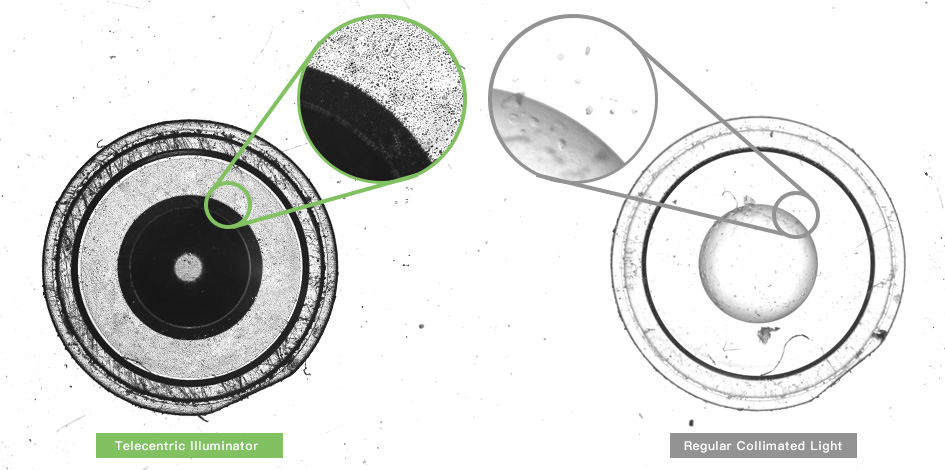
Another example is the inspection and measurement of thread diameters on a screw. In the image below, on one side is the telecentric lens with a camera and on the other is the telecentric illuminator. The two are essential for creating a clear silhouette for precise measurement. When the collimated light goes through the telecentric lens, a clear silhouette of the screw is produced with no blurred or soft edges. The first image below is a great example of the clarity of a telecentric illuminator.
Who Needs a Telecentric Illuminator?
Various industries need telecentric illuminators for measuring and inspecting for defects. Here are some of the industries that use telecentric illuminators.
The Automobile Industry
Automobile manufacturers have a responsibility to make sure that the cars released to the market are of high quality. You may have come across events where automobile companies recall cars because of defects. It is both expensive for the companies and affects their brand positioning in the market.
To this end, quality inspection and gauging of vehicle parts are critical. Among the applications include measuring the precise distance from the center to the edge of a car’s accessory. One of these car accessories is engine fuse boxes which are the guardians of the electrical components in cars. You can inspect to see if the holes in them are through without any burrs and also measure their diameter.
3C Industry
The 3C industry comprises consumer electronics, computers, and communications. Applications of telecentric illumination in the 3C industry include high-precision measurement of smartphone covers. This is done by a telecentric illuminator that provides accurate measurement and a great view of the center and edges around it.
You can also use telecentric illuminators to measure phone glass screens, smartphone card slots, home buttons, and smartwatch cases. Since mobile phones are constantly being updated, it calls for higher precision testing requirements during production. Telecentric lighting allows almost nil distortion, and a larger depth of field because of the parallel optical path’s design. The diagrams below show clear silhouettes of these applications in the 3C industry.
Telecentric illumination of a smartphone card slot
Phone screen measurement
Metal Industry
Metal parts and products also need to be visually inspected for defects. Such defects include dents, cracks, burrs, uneven color, and scratches that occur during production.
Telecentric illumination also performs thread detection on fine mesh, screws, nuts, springs, and bolts. The silhouette produced is sharper with very minimal to no distortion on the image quality. Furthermore, the illumination provides a uniform display of the periphery as well as a bright center. This maximizes the lens’s resolution and improves its measurement accuracy.
Other applications of telecentric lighting in the metal industry include high-precision measurement of metal gaskets and other metal parts. Metallic gaskets seal high-pressure and temperature applications such as condensers, heat exchangers, and compressors.
Fine mesh measurement
Medical Industry
Telecentric illumination is widely used in the medical industry for its low-distortion and high-resolution images. It is used to inspect defects that standard backlight illuminators cannot, like the detection of flaws in glass bottles.
The defects inspected in glass bottles include neck cracks, mouth gaps, and mouth cracks which are health hazards to both patients and hospital workers.
In addition, the special structure of the telecentric illuminator helps the imaging not to be blocked by the refraction of light that goes through the bottle. This means that it is easy to detect defects as little as small scratches on the glass bottle.
Another use case for telecentric illumination is drug testing on fish. Some pharmaceutical companies are in the developmental and experimental stages of drugs using small fish in tanks. When you observe fish in water through a glass fish tank, the image is usually magnified and distorted because of refraction. This makes it hard to clearly see the actual position of the fish in the tank.
To study the drug effect on the fish, its movement trajectory is carefully recorded using telecentric illumination. This is because it provides a clear silhouette of the fish with no distortion thereby helping to track its movement.
How Much Does a Telecentric Illuminator Cost?
Telecentric illuminators are not cheap and therefore most suppliers prefer that you place an inquiry with them. Together, you will go over your project’s details before getting the final quote. Other than the telecentric equipment being acquired, factors such as shipment and customs duties have to be considered.
Read on to learn the different telecentric illuminator types, what makes their prices different, and why FOV is an important determinant of cost.
Price Comparison between Different Illuminators
Standard Illuminator VS Collimator Illuminator VS Collimated Telecentric Illuminator
The three types of illuminators include the standard illuminator, the collimator illuminator, and the collimated telecentric illuminator. Each of them is in its class and requires different materials. The higher the standard the higher the price including the components and technical knowledge.
Here are the technical and material requirements for the three types of illuminators.
| Standard Flat Illuminator | Collimator Illuminator | Collimated Telecentric Illuminator | |
| Cost Level | Low | Medium | High |
| Component Parts | Metal housing (e.g. aluminum), materials that conduct LED light, and PE/PVC | Parallel film to keep light collimated to the object and lens. | The basic cost includes a telecentric lens and a telecentric illuminator, an extra spotlight. |
| ⁄ | ⁄ | ⁄ | Note: This process requires higher technical know-how and other technical costs due to the difficulty of alignment. |
What Determines the Price of Tecelentric Illuminators
A telecentric illuminator’s price is dependent on your project’s specific needs and the need for measurement and inspection before getting a quote. To some extent, the price changes along with the increase of FOV. The larger the FOV required for the project, the higher the cost is.
Comparison of the Telecentric Illuminator Price from Different Companies
Here are a few companies that deal in telecentric illuminators and a preview of some of their prices.
Edmund Optics
 This is a company based in the US and has been producing optical products including telecentric illuminators for several years. As earlier stated, the right telecentric illuminator depends on various factors like the size of the object being inspected. To this end, the least expensive telecentric illuminator is going for USD 842.50.
This is a company based in the US and has been producing optical products including telecentric illuminators for several years. As earlier stated, the right telecentric illuminator depends on various factors like the size of the object being inspected. To this end, the least expensive telecentric illuminator is going for USD 842.50.
VicoImaging
VicoImaging is a popular manufacturer of telecentric illuminators based in China with 15 years in the business. The company has focused on producing optical machine vision components that provide imaging solutions. It is a leading manufacturer of telecentric illuminators and lenses in China. Its products have helped customers from all over the world find machine vision solutions.
The manufacturing company is more popularly known through its COOLENS brand of telecentric illuminators, lenses, and more. Looking at the image below, the company has a wide range of telecentric illuminators based on size among other specifications. COOLENS products are better priced than most other producers without lowering the equipment’s quality. It has more than 20 DTCL series telecentric illuminators that are customized depending on the needs of your project.
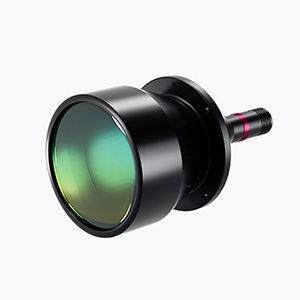 |
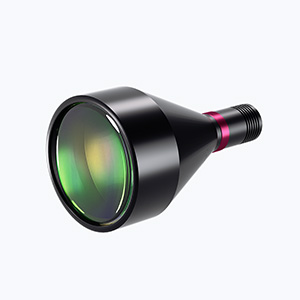 |
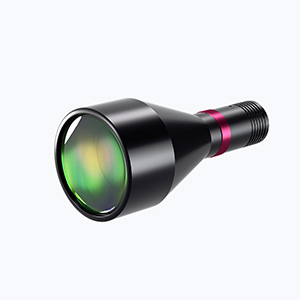 |
Opto Engineering
This is another manufacturer of telecentric illumination equipment with several years of experience in the industry. Below is an image with a list of its high-performing telecentric illuminators.

Stemmer Imaging
Having been in the industry for many years, Stemmer Imaging is a popular brand in machine vision. The company has offices in various locations around the world, including Latin America and Europe. To find out the price of telecentric illuminators, you’ll need to contact the company but here’s a preview of some of the equipment it has.
Alliance Vision

Alliance Vision is a supplier of telecentric illuminators and lenses from various brands. Among them include Moritex, Opto, Myurton, and Vision & Control Optics. Below is a sneak peek into what the machine vision supplier has to offer.
Sill Optics
Established in 1980, Sill Optics is one of leading suppliers of telecentric illuminators and lenses in Germany. The performance of its telecentric equipment has earned its cooperation with leading industrial giants. Check their telecentric illumination products with specifications.
Practical Tips to Find Reliable Telecentric Illuminator Suppliers
Telecentric illuminators are hardly stocked at your local mall or store. Therefore, you will need to source directly from a credible supplier who will thereafter ship it to your location. Below are some practical tips to consider when sourcing a telecentric illuminator.
Find a Direct Supplier with an Engineering Team (No Middleman)
To whichever country you’re shipping the telecentric illuminator, you need to ensure that you have a reliable supplier. The supplier should help you source the right telecentric illuminator as per your description and project needs.
A real supplier has an engineering team that will help to guarantee the equipment, provide fast shipping, and make any required adjustments. The supplier should also help to cover software requirements and provide technical support. This includes the ability to research and design to turn a prototype into an actual product. All this without involving middlemen since they can’t offer such support most of the time.
Ask Happy Client Reviews from the Telecentric Agent
What are other customers’ views on the telecentric equipment they have? What was their experience with the agent? How fast was the shipment? These are some of the questions you would want to be answered.
The best person to answer would be former clients of the agent. An agent or supplier who isn’t willing to share such details can be doubtful. You must be sure that the supplier you choose has the capacity needed to deliver the telecentric equipment.
Choose Tried and Well-Tested Telecentric Illumination Equipment
The market is awash with new companies promising tons of benefits for pennies on the dollar. Most of the time customers end up frustrated and disappointed with the performance of such equipment. This is why it is best to go for equipment that has been used by many and has withstood the test of time.
Telecentric illumination equipment isn’t cheap, therefore, you wouldn’t want to place your bets on new and unknown equipment in the marketplace.
Work with a Supplier Who Can Help with Adjustments
The adjustments required here are mainly to do with the mechanics of the telecentric illuminator’s structure. For this to work, the supplier must have expert knowledge of telecentric illumination. The structure of the whole setup must be designed as per the client’s specifications. The supplier must ensure it has a high collimation degree because if the light shifts, it cannot be re-adjustable.
Adjustment Steps
These are some of the steps a supplier can take to adjust your telecentric illumination equipment.
- Set up the light source, lens, and camera on the fixture
- Turn the image on and adjust the light source. This is to allow the difference in
- brightness to be less between the four corners and the center of the image.
- The precise adjustment details using the diagram above are as follows.
- Loosening of the screws that hold the fixture together
- Adjusting the tilt of the light source using the four top screws
- Locking the screws to hold the fixture in place when adjustment is right
How to Select a Proper Telecentric Illuminator for Your Project
To have the right telecentric illuminator that meets the needs of your application, ensure to follow these simple rules.
Rule 1: Go for a telecentric illuminator with a similar FOV as the telecentric lens to be used.
Rule 2: Choose based on the real FOV.
Here is how you can go about this:
- Get the real FOV of the object (environment) measured.
- Find out the diameter of the area illuminated by light.
- Choose the color of light. It can either be red, green, white, or blue.
- Locate the right telecentric illuminator model.
For instance, here is a project to measure an iPhone 12s camera lens on the backside during production. This is the process you’d have to take to get the right telecentric illuminator. We will use COOLENS telecentric illuminator specifications for this example.
The height of one iPhone 12s camera lens is 10mm. Assuming there’s a gap between the two cameras, the total height of the two cameras is 22mm. The diameter is, therefore, 22mm at the least or 24mm if bigger.
Find out the diameter of the beam by choosing one that’s closer to 24mm. In this case, you can easily select the 26mm model of COOLENS. It is fine as long as the illuminated area is larger than the FOV.
Choose the color and power of your light source. The color waves you can choose include red, blue, green, and white. The power of the model can be 1w or 3w.
Get the correct model. On this one, you can decide to go for the DTCL-26-1W-White model.
Where to Find Telecentric Illumination for Your Projects
Since you can’t shop for telecentric equipment at a local store or mall, you need to find the right places to source them. Here are three places you can start from.
Among all other search engines, Google is the biggest with more than 86% share of all online searches. There’s no better place to start looking for a telecentric illuminator other than Google. The only drawback is finding out how reliable a supplier is through the internet.
Online Platforms
There are several B2B platforms that you can use to source and purchase your desired telecentric illuminator. A lot of growth has been witnessed in B2B through the emergence of platforms such as Alibaba, Ali Express, Made in China, and Global Sources, among others. These platforms have excellent connections to suppliers of telecentric illuminators all over the world. Alibaba is currently the biggest B2B platform with plenty of manufacturers and trading companies. However, due to their large numbers, it may take time to find the best supplier of telecentric illuminators.
Below are a few steps you can take to find out if you have the right supplier:
- Input the keywords of the product you need and search for available vendors.
- Check if the product in their store matches your needs.
- Thoroughly check on the supplier’s Alibaba account for reviews and stats on past business.
- Confirm order details and shipping issues (including cost and time).
- Request to use safer payment methods like Alibaba Trade Assurance to guarantee in case of an unfulfilled delivery.
- Confirm if the supplier has after-sales service and technical support Alibaba can sometimes have too many suppliers for a product.
- Ask all necessary questions and ask for proof of having supplied the same equipment to other users.
Fairs
There are lots of trade fairs all over the world on technological and other industry advancements in machine vision. Some of them include the Canton and KH Global Source fair in China and The Machine Learning and Machine Vision Expo in England. Vision Expo and Automatica are other popular exhibitions held in Germany.
Manufacturers and suppliers love to participate in these trade fairs because of their immense business potential. People want to import from the best and are willing to check from all regions across the world. While at trade fairs, go over the details of the illuminator you need, and if possible, get a demonstration of how it works before making a purchase order.
Lastly
Telecentric illumination is a very needed application for various industries including medicine, 3C, and others. It is a much better and more accurate inspection and measurement method than standard illuminators. To have the right telecentric illuminator, you’ll need to thoroughly check on the needs of your project. This will help when choosing the right product size whenever you are shopping for one. It is also important to have a supplier who can do all the necessary testing and adjustments before a shipment is made to avoid complications later.


